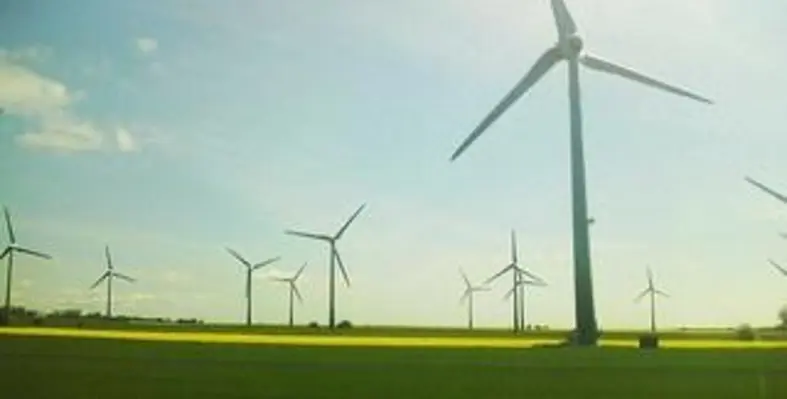Page 1 of 2Two Kenyan firms are set to invest US$930 million in order to generate 457 MW of electricity from wind and solar power
As the country grapples with rising power demands, Gitson Energy Limited plans to spend $830 million on building a 300 MW wind farm and a 50 MW solar plant at Bubisa in Marsabit, Northern Kenya.
Additionally, Bluesea Energy Ltd has invested $100 million in various projects utilising wind, including a 40 MW farm in Isiolo, 7 MW in Belgut, Rift Valley Province, and 60 MW in Lambwe Valley.
Gitson plans to use US-backed technology for the wind farm and solar plant, and has applied for funding from EximBank and Overseas Private Investment Corporation.
Over the last few years, Kenya has been developing other sources of energy away from the unreliable hydro and the fossil fuel sources.
Bluesea lead engineer Sam Ochieng noted that projects in Isiolo, Lambwe Valley and Belgut are at various levels of implementation.
Gitson chairman Dr Michael Nderitu said that the company has been negotiating with the national power utility, Kenya Power, for a power purchase agreement (PPA), which would specify the terms of injecting electricity into the national grid.
Gitson’s sites could be linked to the national grid through the planned 1045km high voltage electricity transmission link between Ethiopia and Kenya, which is due to be completed in 2016.
Valued at $1.2 billion the transmission link project will connect Welayta Sodo in Ethiopia to Suswa in Naivasha, Kenya.
Beyond solar and wind energy, diversification of other renewable energy sources has been ongoing.
In late 2011 an Israel firm, SDE Energy Ltd, was granted approval to construct a 100 MW wave power plant on Kenya’s coastline.
SDE managing director Shmuel Ovadia remarked that it will cost them about $0.02 to produce a kilowatt an hour (kWh).
The first of its kind in East Africa, the installation will be done in partnership with the locally owned Sea Wave Gen Company.
Ovadia added, “Wave energy production is an innovative technology with great potential. The waves are created as a result of the winds on the surface of the ocean, and energy production is due to a variety of factors.”
The energy production factors include velocity of wind, consistency, the ocean surface area, depth, and topography. It is this energy that SDE is interested in harnessing and using as a renewable source.
Kenya plans for renewable energy to generate about 1,300 MW, in order to meet the country’s rising demands, which are growing at eight per cent annually.
Less than 25 per cent of the country’s population, estimated at 40 million, are connected to the national grid.
Having worked with the Israel Defence Forces where he nurtured his interest as an inventor, Ovadia has developed a patented production method from wave energy.





